Optogenetics > Doric > Section1
Doric is the products that leading Optogenetics market. This series can provide most of the necessary experiment equipment in Optogenetics, for example cannula, patch cord, rotary joint etc.
This series products specialized for Optogenetics use. You can find every thing you need. Website describes only a part of products, there are a lot of products waiting for your find.

Products and Accessories
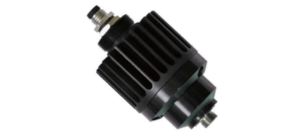
LEDFRJ-x_FC
Single Led + Fiber-optic Rotary Joint.It is a common practice to connect LED light sources or connectorized LEDs with rotary joints via a fiber-optic patch cord. If the fiber tips of the patch cord are not AR-coated, which is often the case, at least 8% of the light is lost to the Fresnel reflection, not to mention other possible connection losses. One way of getting around this avoidable loss is to integrate the LED or LEDs within the fiber-optic rotary joint, thus eliminating that fiber patch cord all- together.
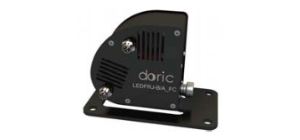
LEDFRJ-x/x_FC
Dual Led + Fiber-optic Rotary Joint.This patent pending assembly is perfect for the light activation of the Channelrhodopsin-2 (ChR2) with the 473 nm blue light and the Halorhodopsin inhibition with the 589 nm yellow light. However, other LED wavelength combinations are also possible as long as their spectra do not overlap.
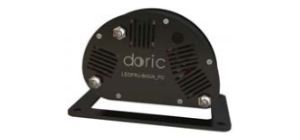
LEDFRJ-x/x/x_FC
3 LED’s + Fiber-optic Rotary Joint.Combining three different colors is a very old problem and has been tried in numerous ways when synthesizing the “white light” or making high quality color cameras. With the new types of opsins emerging on a daily basis, it is very likely that a new wavelength will be needed within the standard activation set. This patent pending assembly provides the possibility to combine three distinct wavelengths and couple them to the rotating optical fiber.
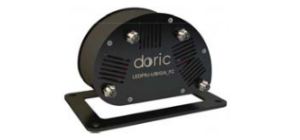
LEDFRJ-x/x/x/x_FC
4 LEDs + Fiber-optic Rotary Joint.Using four spectrally different LEDs coupled to the same optical fiber further enhances light firing capabilities to the Optogenetics toolbox. The package uses a compact and efficient patent pending regular pentagon mirror configuration.
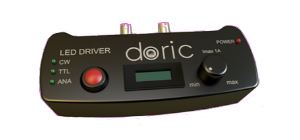
LEDRV_1CH_1000
Basic LED Driver.These drivers support the manual CW operation of one or two independent LED modules. For each driver’s channel, there is a pair of BNC connectors, one for TTL or analog LED modulation (input amplitude from 0 to 5V and the frequency of up to 10kHz), and another for monitoring of the LED current with an oscilloscope. To avoid potential LED damage, the maximum current is factory limited to 1A. It can be set to 0.5A on request for particular applications like driving UV LEDs.
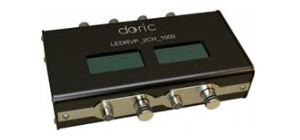
LEDRVP_2CH_1000
2 channel programmable LED driver.The programmable LED drivers provide a tunable DC current to multiple individual LEDs or clusters of two, three or even four diodes combined into a single optical output. Each channel can be controlled manually or via a computer. As a standalone device, the driver has all standard capabilities of our basic drivers as CW mode, external TTL modulation and external analog modulation.

LEDRVP_4CH_1000
4 channel programmable LED driver.The programmable LED drivers provide a tunable DC current to multiple individual LEDs or clusters of two, three or even four diodes combined into a single optical output. Each channel can be controlled manually or via a computer. As a standalone device, the driver has all standard capabilities of our basic drivers as CW mode, external TTL modulation and external analog modulation.
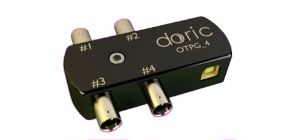
OPTG-4
4 channels Optogenetics TTL Pulse generator. Our miniaturized TTL pulse generators seamlessly integrate with our other optognetics products. The pulse train parameters and its triggering are controlled via a graphical interface of open source software. The generator connects to a computer with a USB cable and to a LED driver or a shutter with a BNC cable. Any channel of a TTL pulse generator can be assigned to a LED driver, a light shutter or it can be used as a trigger for other channels.
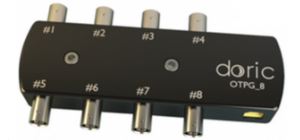
OPTG-8
8 channels Optogenetics TTL Pulse generator. Our miniaturized TTL pulse generators seamlessly integrate with our other optognetics products. The pulse train parameters and its triggering are controlled via a graphical interface of open source software. The generator connects to a computer with a USB cable and to a LED driver or a shutter with a BNC cable. Any channel of a TTL pulse generator can be assigned to a LED driver, a light shutter or it can be used as a trigger for other channels.

product name
product information



